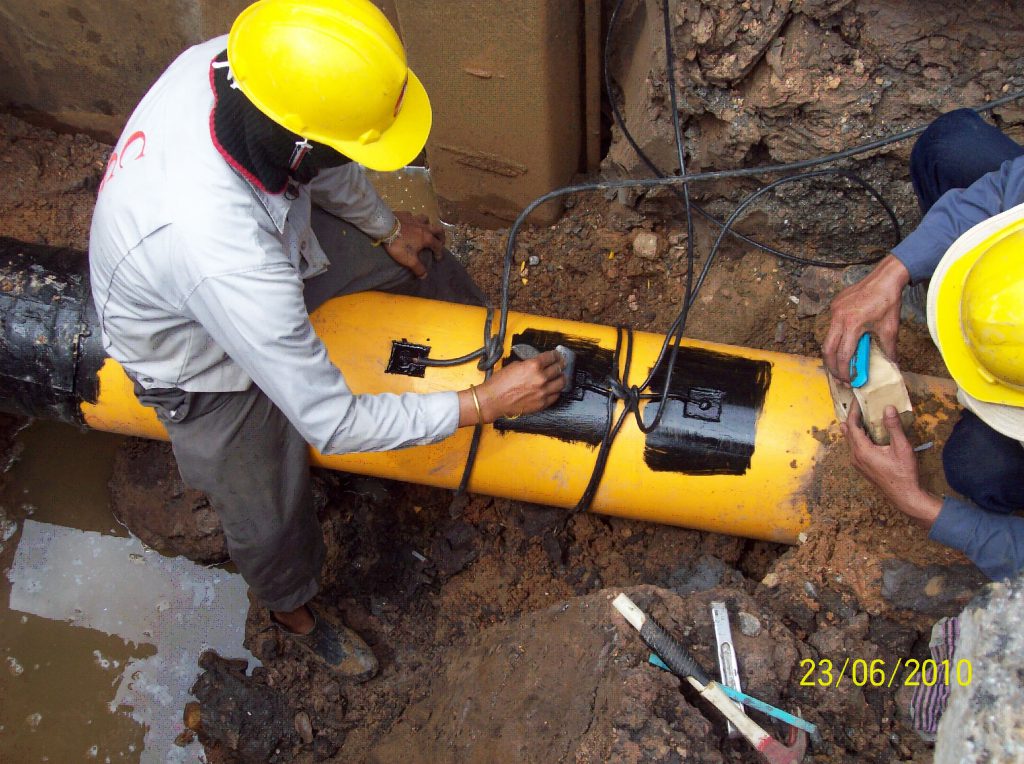
Professional Frequently Asked Questions
We carefully collected the most commonly asked questions about our services.
Corrosion is a naturally-occurring phenomenon that happens when metal is exposed to air and the environment it’s in, such as water or soil. … But corrosion is preventable, and pipeline operators are committed to protecting pipelines from corroding using different techniques, including cathodic protection.
The pH of the water: In copper piping systems, if the pH is under a certain level it harms the protective barrier of the pipe and leads to corrosion. Oxygen in the water: Oxygen degrades metals, gradually converting the metal to rust. … Water’s chemical make up: Minerals in water can either help or harm corrosive levels.
Cathodic protection (CP) is a technique used to control thecorrosion of a metal surface by making it the cathode of an electrochemical cell. A simple method of protection connects the metal to be protected to a more easily corroded “sacrificial metal” to act as the anode.
Cathodic protection (CP) is a technique used to control the corrosion of a metal surface by making it the cathode of an electrochemical cell. … For structures such as long pipelines, where passive galvanic cathodic protection is not adequate, an external DC electrical power source is used to provide sufficient current.
- Cathodic protection systems need to be. checked at least once every two to four. …
- (1) Test the pipe-to-soil voltage potential by comparing to a copper sulfate half-cell. …
- (3) The voltage output of the anode. …
- The following basic equipment is needed for.
Impressed current cathodic protection (ICCP) is a type of system usually applied where there are elevated current requirements for protection against corrosion. This is used in cases where the driving voltage is higher than the galvanic system or if there is a need for increased system control.
DCVG stands for Direct Current Voltage Gradient and is a survey technique used for assessing the effectiveness of corrosion protection on buried steel structures.[1] In particular, oil and natural gas pipelines are routinely monitored using this technique to help locate coating faults and highlight deficiencies in their cathodic protection (CP) strategies.
CIPS, sometimes referred to as CIS (Close Interval Survey), is an above ground, non-intrusive survey, which is used to accurately determine the effectiveness of acathodic protection system along the entire buried or immersed pipeline route.

